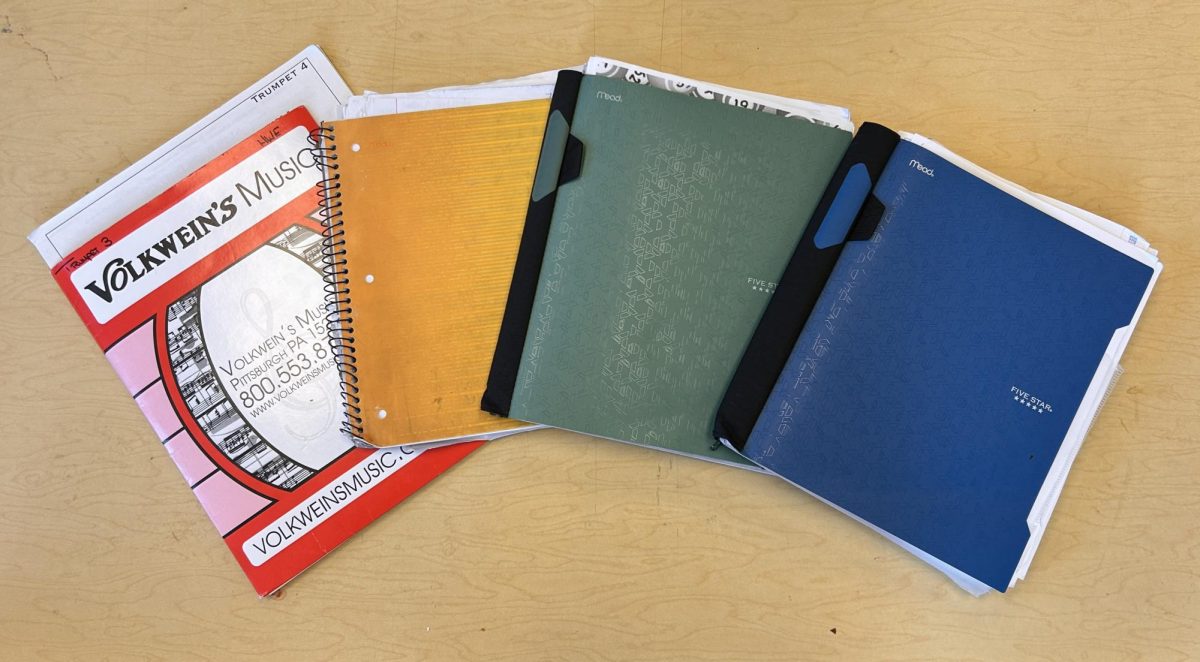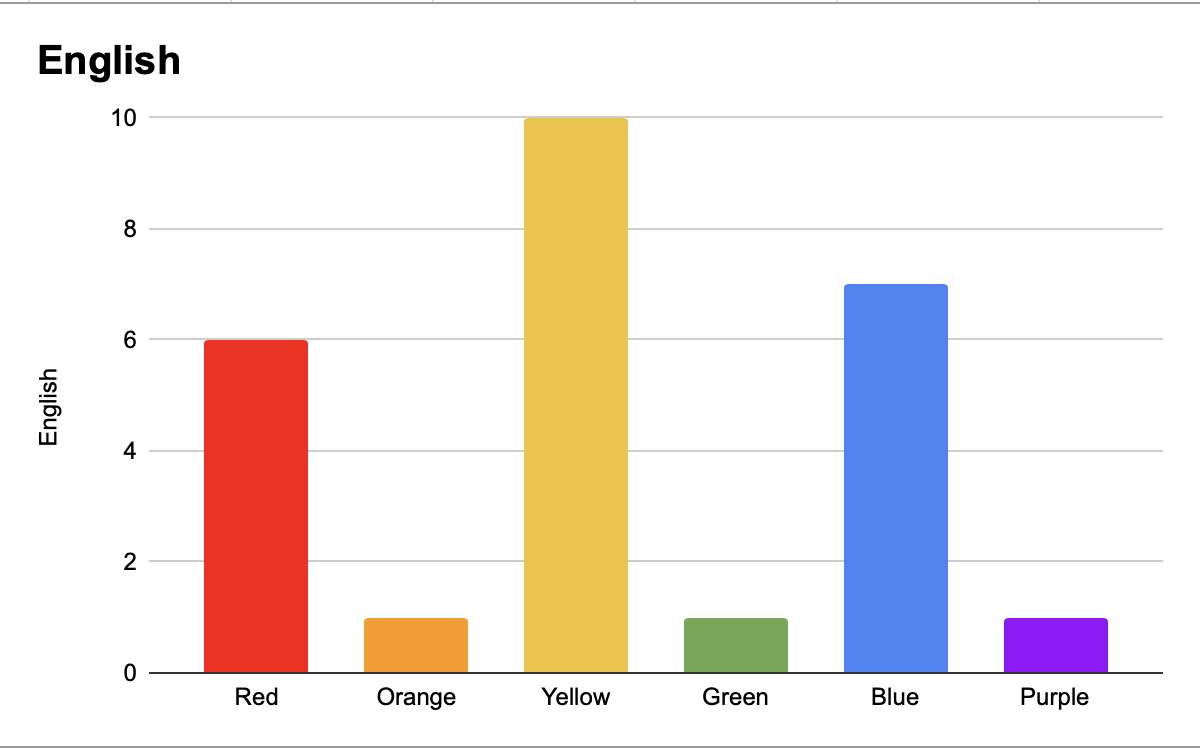The exploration of color psychology is a relatively nascent field of scientific inquiry. The roots of color theory lie with Sir Isaac Newton, who was the inventor of the first reflecting telescope in 1668. Newton also observed how white light splits into various colors on the visible spectrum when separated through a prism.
Color theory was later expanded by Johann Wolfgang von Goethe in his book Theory of Colours in 1810. In this book, he attempted to connect color to philosophical ideas as well as general color harmony and aesthetic.
In more recent years, scientists have begun to research color psychology in depth. Color psychology is the study of how different colors affect human mood and behavior. Now, it is believed that something as simple as a color can affect emotions and physical responses.
Specifically, artists and interior designers rely on color theory in order to convey themes and feelings properly. For instance, red can be associated with passion, love, or excitement. In contrast, blue can represent wisdom, peace, or sadness.
Thankfully, for students, color theory may shed light on the age-old dispute over the color folders we assign to classes.
Children as young as those in elementary school are faced with the paralyzing decision to represent a certain subject based on the color of their folder. They will keep this decision with them for the rest of their lives.
But how do NASH students perceive colors in relation to their subjects?
Twenty-four students volunteered to participate in a four-question study that asked which colors students correlate to English, math, social studies, and science. Multiple options could be selected for each question.
The results are illustrated below:
Swiftly after this survey was published on social media, an Uproar journalist received a direct message from NASH film student Axel Standish, who wished to discuss his response further.
When our journalist agreed to meet with Standish, he was forced into the film student’s house. The harrowed journalist exited 30 minutes later, claiming Standish prepared a presentation as to why green must be the correct color for the subject of science.
However, we all know the correct answer is purple.
Later during the same day, an anonymous student delivered a letter to the journalist’s house and insisted it be opened as soon as possible. The letter consisted of a rant over how the anonymous student’s favorite colors—ochre and periwinkle—were not included in the poll. The letter later demanded a written apology for the offense. An envelope with a return address was included inside the parcel.
All joking aside, while the science behind this phenomenon is still being studied, it is fascinating to observe that something as simple as the color of an object can greatly affect our emotional responses.
Why do people enjoy a colorful bouquet of flowers? Why do they enjoy the dappled orange-purple sky during a sunset? Why do they have a favorite color?
Only one day can we hope to uncover the conclusive correlation between color and emotion.
Oh, and purple is the correct color for science subjects.




